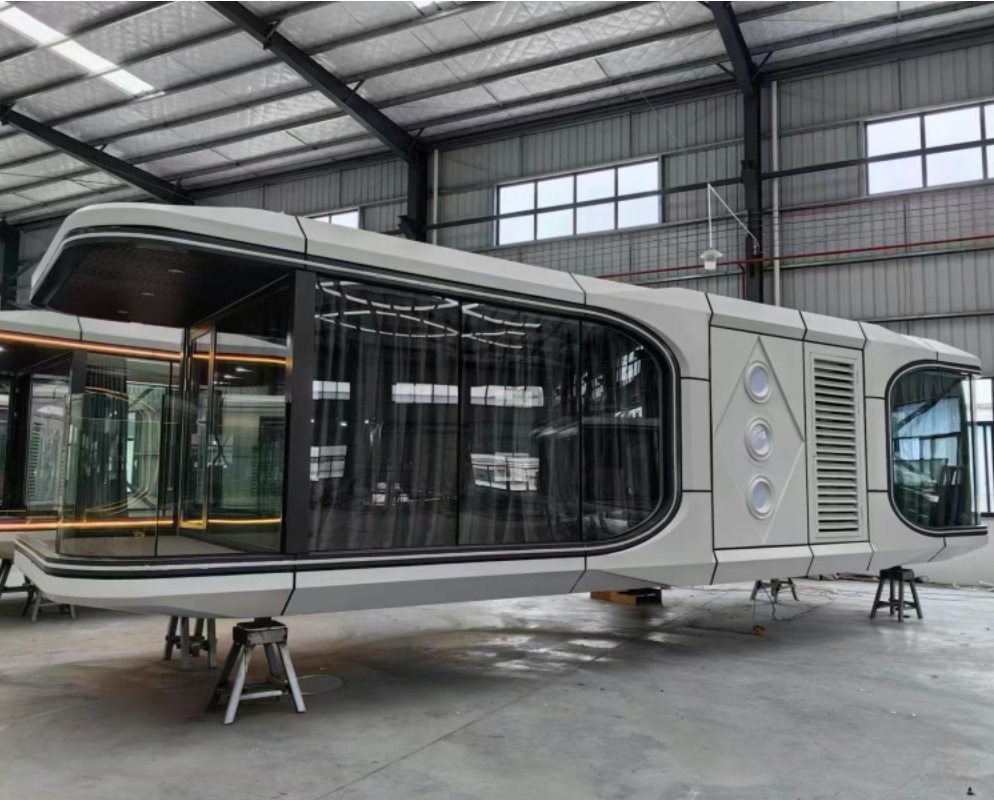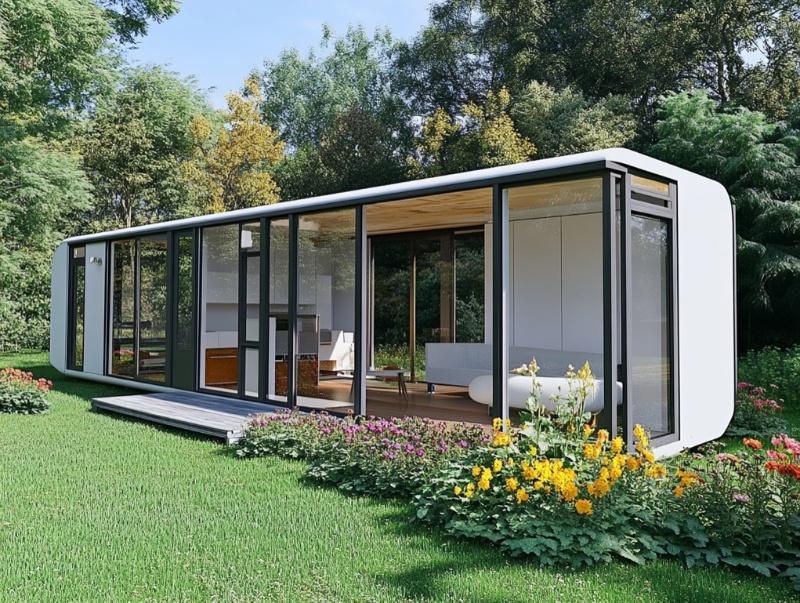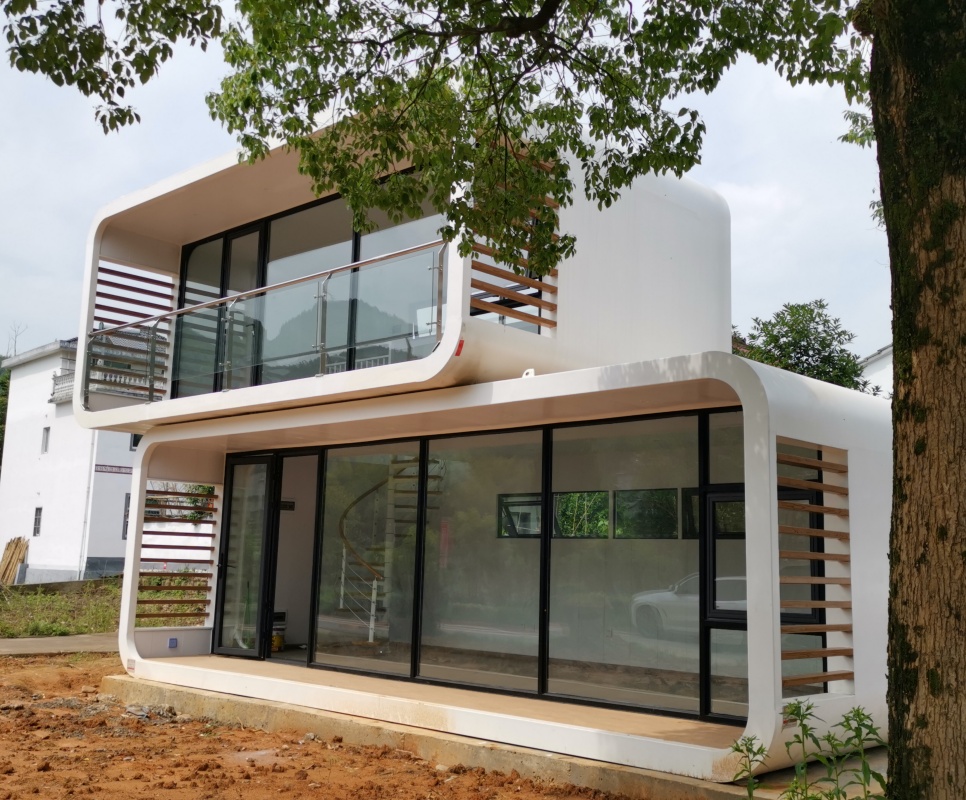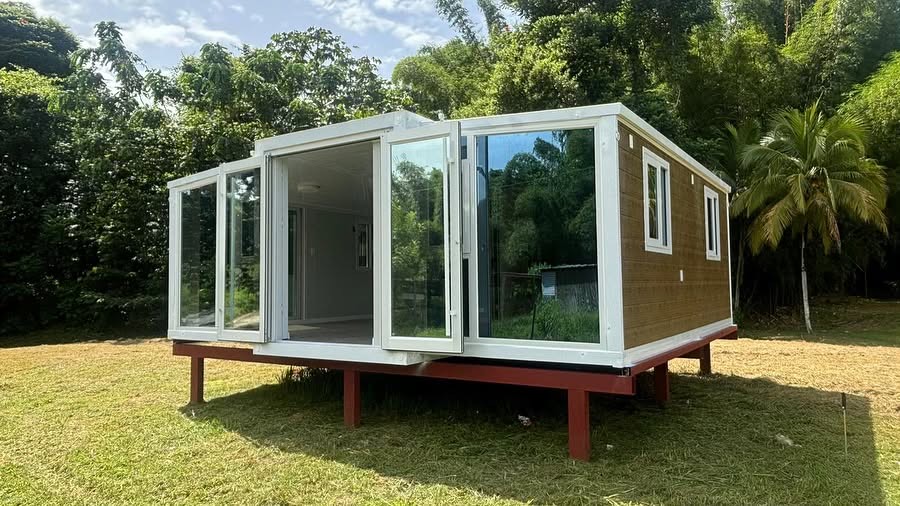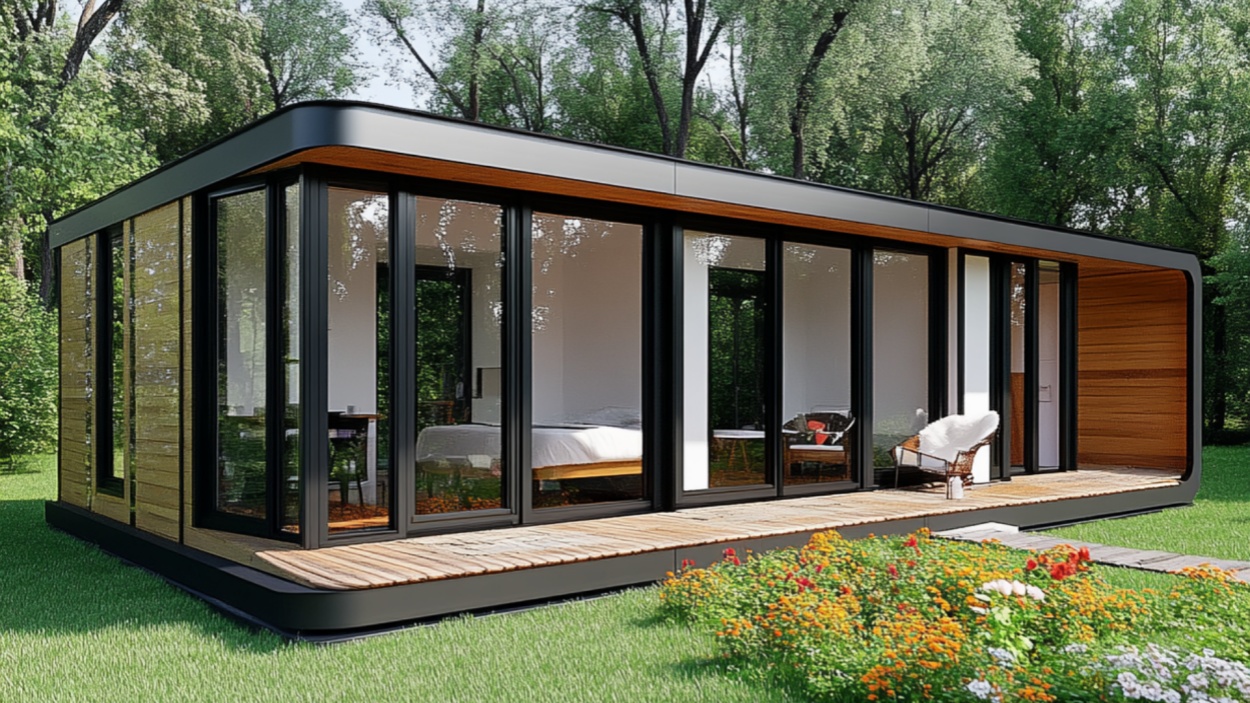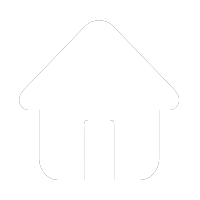Blog
Amazon’s Game‑Changing Foldable Container Tiny Home Starting at Only 6,500USD
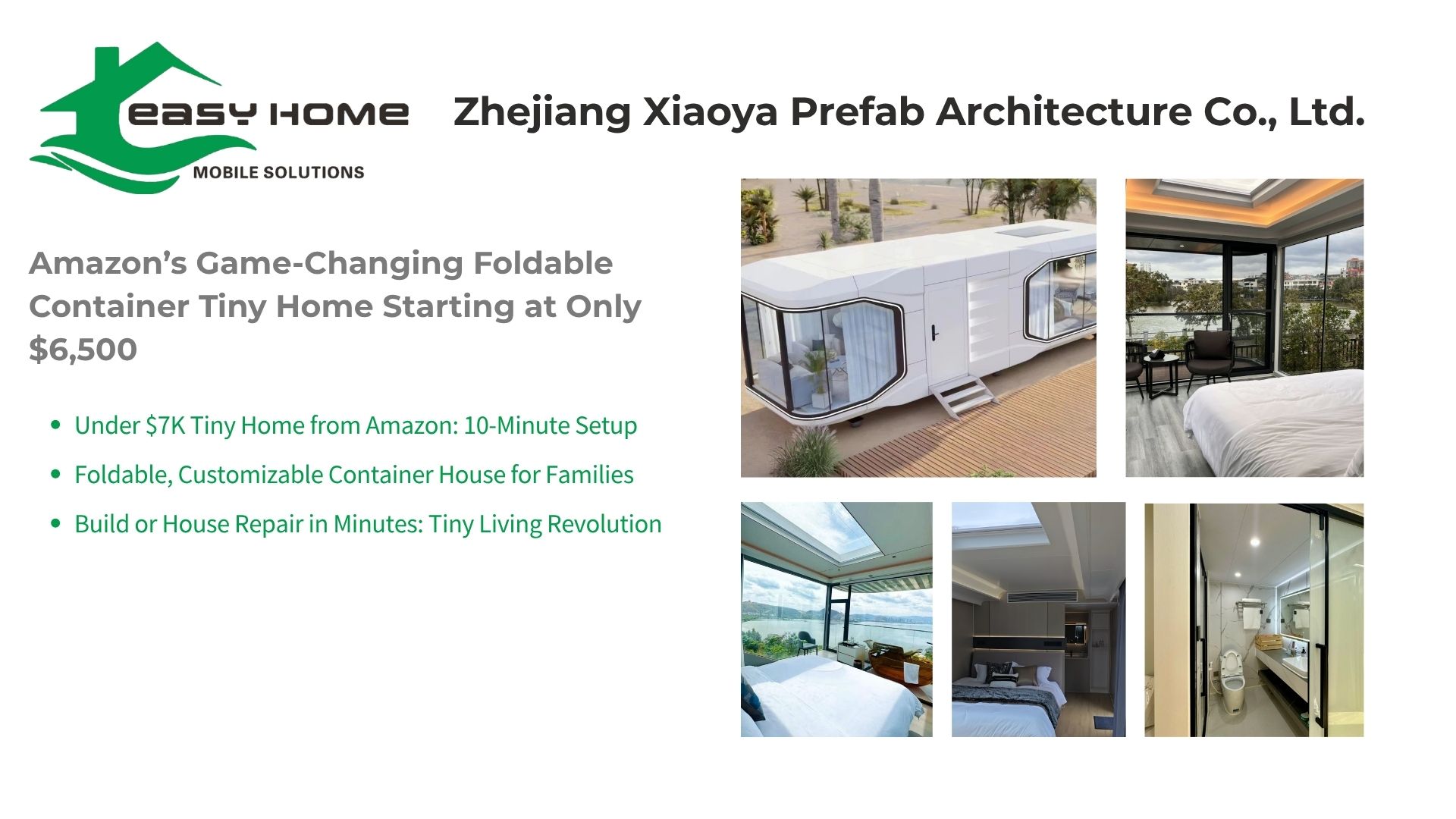
✅ Table of Contents
-
Introduction: The New Budget Tiny Home Era
-
Product Overview: What Makes the $6,500 Package Unique
-
Materials & Durability: Built to Last
-
Floor Plan Options: From One to Three Bedrooms
-
Rapid Installation: Move-In Ready in Minutes
-
Multi-Scenario Use Cases
-
Affordability & Low Barrier to Entry
-
Engineering & Compliance: Safety by Design
-
Installation & Logistics Process
-
Comparison: How It Stands Against Other Prefab Homes
-
Customer Profiles: Who Benefits Most
-
Global Market Implications
-
Future Outlook: Modular Housing Trends
-
Conclusion: Transforming Affordable Living
✅ Main Article (2000+ Words)
1. Introduction: The New Budget Tiny Home Era
In a time when traditional homeownership is increasingly out of reach, Amazon has introduced a radical solution: a foldable container tiny home starting at just $6,500 USD. This listing isn’t just a novelty—it marks a major shift in how homes can be bought, assembled, and repurposed. Combining affordability, speed, and flexibility, Amazon’s new offering opens up housing options to individuals and small families who need real shelter without mortgage burdens.
2. Product Overview: What Makes the $6,500 Package Unique
Priced at $6,500, the entry-level model is more than a shell—it’s a move-in‑ready home option with key amenities. Capable of being configured with one to three bedrooms, the unit includes:
-
Preinstalled electric and plumbing systems
-
Quick fold-out structure
-
Eco-conscious materials
-
30-day return policy for peace of mind
From compact personal units to three-bedroom family setups, this design responds to diverse needs at an unmatched price point.
3. Materials & Durability: Built to Last
The home is engineered with durable, green materials designed to endure harsh conditions. Highlights include:
-
Steel frame with corrosion-resistant coating
-
Shock-absorbent foundation for basic seismic protection
-
Weather- and pest-resistant panels
-
Longevity rating up to 50 years, with near-zero maintenance require
This ensures the structure remains stable and safe over decades, whether used as emergency relief housing or backyard living.
4. Floor Plan Options: From One to Three Bedrooms
One of the product’s most appealing features is its configurable layout:
-
Single-bedroom version: Basic kitchenette, bathroom, and living area
-
Two-bedroom model: Ideal for couples, office + guest, or small families
-
Three-bedroom option: Full family layout with shared bathroom and living areas
Each configuration includes at least one restroom and supports standard furnishings. These options allow personal or family use without overspending.
5. Rapid Installation: Move‑In Ready in Minutes
Thanks to its foldable modular design, the tiny home can be fully assembled in about 10 minutes, transforming from flat-packed container to habitable unit almost instantly. This quick setup dramatically reduces labor and time costs compared to traditional prefab modules.
6. Multi‑Scenario Use Cases
This tiny home supports a wide range of applications:
-
Primary or temporary residence for individuals/families
-
ADU or backyard housing for added rental income or family space
-
Relief shelters for disaster zones or refugee accommodations
-
Employee housing for construction sites, campuses, or remote worksites
-
Clinic or office pods for healthcare or mobile operations
Its flexibility enhances utility across scenarios where speed, cost, and adaptability are essential.
7. Affordability & Low Barrier to Entry
Starting at $6,500, this model is among the lowest-cost tiny homes available. This price includes:
-
Preinstalled utilities
-
Full weatherproof structure
-
Optional upgrades for bedrooms and finishes
-
A 30-day return policy mitigating risk for first-time buyers
Compared with other Amazon models pricing $9–10K or higher, Amazon’s new unit takes affordability to a groundbreaking level.
8. Engineering & Compliance: Safety by Design
Built to meet durability and compliance standards, the unit includes:
-
Earthquake-proof structural base
-
Corrosion- and mold-resistant materials
-
Basic wind and pressure resistance
-
Structural integrity tested for multi-decade lifespan
These certifications ensure suitability even in challenging environments or for disaster-relief deployments.
9. Installation & Logistics Process
Typical steps after purchase:
-
Order and layout selection, confirm bedroom count and finishes
-
Site preparation: flat surface, basic utility hookups
-
Shipping via Amazon logistics, arrives flat-packed
-
Unfold assembly (about 10 minutes) with minimal tools
-
Connect utilities, test electrical/plumbing
-
Move in immediately
Amazon’s fast delivery and support videos make setup feasible for novices and small teams.
10. Comparison: How It Stands Against Other Prefab Homes
| Feature | Amazon $6,500 Foldable Tiny Home | Typical $9–12K Amazon Models | Traditional Construction / Other Prefab |
|---|---|---|---|
| Starting Price | ~$6,500 | $9,000–$12,000 | $100K+ |
| Bedrooms Available | 1–3 | Typically 1–2 | 2–4+ |
| Setup Time | ~10 minutes | Hours to days | Months |
| Preinstalled Utilities | Yes | Yes | Varies |
| Durability & Lifespan | 50 years | 30–50 years based | Varies |
| Portability | High | Moderate | Low |
| Return/Refund Policy | 30-day return | 30-day return | Rare |
Amazon’s new model redefines the low-end prefab space with unmatched speed and price.
11. Customer Profiles: Who Benefits Most
First-Time Buyers & Renters
Looking for affordable housing without long-term mortgage commitments.
Relief & Emergency Services
Ideal for rapidly deployed shelters with minimal infrastructure.
Remote Worker or Off-Grid Families
Affordable, quick-to-install accommodation with long-term durability.
Companies or Institutions
As temporary worker lodging, site offices, or remote campus housing.
Investors
Low-cost ADU or rental potential with minimal capex and quick returns.
12. Global Market Implications
Amazon’s sub‑$7K tiny home may drive:
-
Greater competition in ultra-low-cost prefab market
-
Increased adoption of foldable container technology
-
More listings and e-commerce-based housing pitches globally
-
Pressure on manufacturers to innovate for rapid delivery and installation
This could revolutionize the modular housing industry worldwide.
13. Future Outlook: Modular Housing Trends
This launch reflects several key trends:
-
On-demand housing bought with ease, assembled in minutes
-
Affordable modular living scaling from personal to family use
-
Eco- and disaster-conscious design in budget segment
-
E-commerce integration into real estate offerings
Expect similar products at $5–8K price points from competitors and rising interest in building codes around modular homes.
14. Conclusion: Transforming Affordable Living
Amazon’s launch of a foldable container tiny home starting at $6,500 is more than a listing—it’s potentially a housing paradigm shift. With customizable layouts (up to three bedrooms), quick 10-minute install, durable materials, and a 30-day return guarantee, the product addresses affordability, speed, and usability in one package.
Whether for personal living, emergency shelters, rental ventures, or mass housing applications, this product sets a new standard. If housing challenges continue globally, innovations like these could become not just desirable—but essential.
As housing challenges grow worldwide, solutions like these are not just convenient — they are essential.
Pls check www.easyprefabhouse.com and send inquiry to dzswb@hzxiaoya.com




